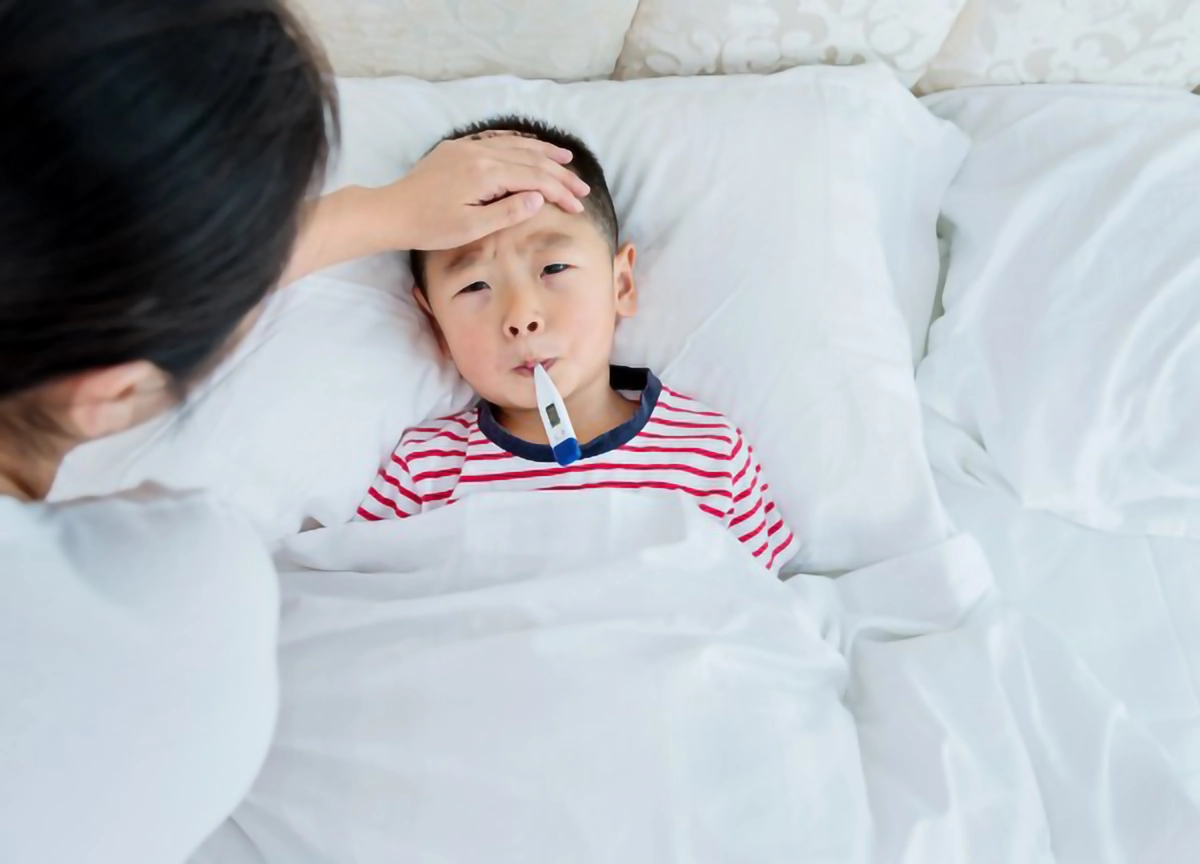We use cookies to help provide you with the best possible online experience.
By using this site, you agree that we may store and access cookies on your device. Cookie policy.
Cookie settings.
Functional Cookies
Functional Cookies are enabled by default at all times so that we can save your preferences for cookie settings and ensure site works and delivers best experience.
3rd Party Cookies
This website uses Google Analytics to collect anonymous information such as the number of visitors to the site, and the most popular pages.
Keeping this cookie enabled helps us to improve our website.
Back to School
Help keep your children healthy and ready for school
1. Build Strong Hygiene Habits
- Teach proper handwashing (20 seconds with soap, especially before meals and after using the toilet).
- Reinforce “Catch it, Bin it, Kill it” for coughs and sneezes

2. Ensure Vaccinations Are Up to Date
Check your child’s Red Book or contact your surgery to confirm they’ve received:
- MMR (Measles, Mumps, Rubella)
- Flu nasal spray (offered to children aged 2–3 and school-aged children up to Year 11)
- HPV and MenACWY (offered in secondary school)
3. Establish Healthy Routines
- Start bedtime and wake-up routines a week before term begins.
- Encourage balanced breakfasts and hydration to support energy and focus
4. Support Mental Wellbeing
- Talk openly about school-related worries (e.g. friendships, homework).
- If anxiety affects daily life, consult the surgery or school nurse
5. Prepare for Medical Needs at School
- If your child has a medical condition (e.g. asthma, diabetes, epilepsy):
-
- Work with the school to create an Individual Healthcare Plan (IHP)
- Ensure staff are trained to administer medication or respond to emergencies.
- Provide clear instructions and labelled medication in original packaging .
6. Know When to Keep Your Child Home
- Fever, vomiting, or diarrhoea: stay home for 48 hours after symptoms stop.
- Measles, chickenpox, scarlet fever: follow UK Health and Security Agency guidance on exclusion period.

Consider having the below items at home to help manage common childhood illness:
- Thermometer to check your child’s temperature.
- Simple Pain Killer: speak to your local pharmacist for suitable pain killers for your child.
- Antihistamines: speak to your pharmacist about what is suitable for your child.
- Oral Hydration sachets for diarrhoea: Ones that can be dissolved in water are the most suitable products for children. These replace the salt and water lost in diarrhoea.
- Plaster for cuts and grazes: Most cuts and grazes are minor and can be easily treated at home. When the wound has stopped bleeding, wash it under tap water. Avoid using antiseptic as it may damage the skin and slow healing. Pat it dry and apply a plaster. Minor wounds should start to heal within a few days, but if they don’t, use NHS 111 online or by phone.
If you’re not sure where to go or what to do, use NHS 111. Available 24/7 online at NHS 111 or by phone.
You can also visit the Stop Think Choose website for a local list of services, including a map of pharmacies and urgent treatment centres.
Published: Aug 24, 2025

